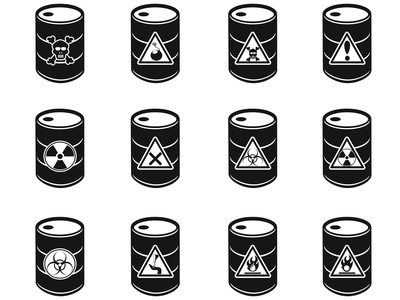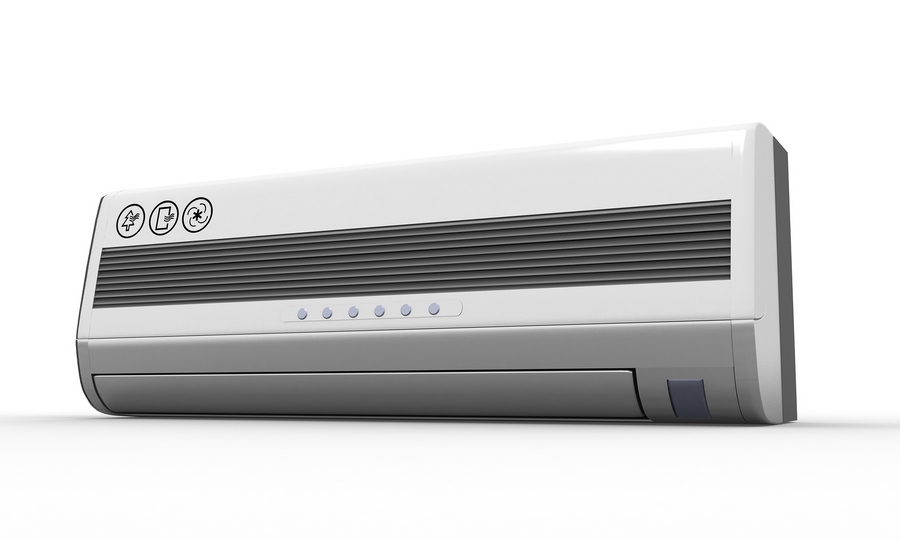Work safety labels are important in safeguarding people from injury and any other damage that can be caused by different items that they interact with and use in their daily activities. The labels can be viewed as the last line of defense before a person is injured or in some cases, killed, by hazardous substances or processes.
The Globally Harmonized System rules – commonly referred to as the GHS Classification, provides a systematic and standardized system of labeling of materials and substances through GHS pictograms, labels, and images. The standardization is important as it ensures that all the labels, pictograms, and images are easily recognizable and have a uniform meaning across the board to avoid confusion. The standardization also reduces the risk of injury.
GHS Pictograms
Hazard Pictograms form part of the GHS Classification system and are grouped into two categories, that is, pictograms for labeling containers and workplace hazard warnings, and labels used during the transportation of dangerous commodities. These pictograms come in a wide range of colors and information.
Pictograms contain one or more of the following key elements:
-identification of the product
-A caution word such as Danger or Warning
-Hazard Statements
-Information on how to handle the product
-Identity of the supplier of the product
Safety Labels
Safety labels are the completeness of all information, GHS labels, and pictograms that are aimed at providing safety guidelines and warning on how to handle a product safely. The labels are applied to different substances and products to describe them.
The identifiable categories are as follows:
• Chemical Labels – These are used to inform a user about a risk posed by a chemical. For instance, such labels may include information on the risk of flammability and corrosiveness among other work-related risks. Further, it includes information on the best methods of handling or storing the chemical.
• Machine Labels – Such labels are used to inform an individual on how to safely use a machine. Some machines are noisy, or produce a lot of heat, while others can cut an individual. Such information is thus provided in the labels on the machine.
• Electrical Labels – electricity and electrical apparatus pose a great risk to people. Since electricity is not visible, such labels provide important protection to people by ensuring that they are aware of any risks in their environment.
• Fire Hazard Labels – Fire is highly destructive and as such, the hazard labels provide a line of defense against it. The labels are majorly used in products that are highly flammable such as petroleum products and some chemical.
• Health Hazard Labels – These labels are used to indicate products and processes that have a direct impact on the body of an individual. For instance, some products cause respiratory irritation, burns, and cuts among other direct injuries on the body.
• Other labels such as Custom, Vehicle, Door, and Workplace safety labels – All these GHS labels are critical in ensuring the safety of people and their property. Visit ICC Compliance Center to learn more information.







